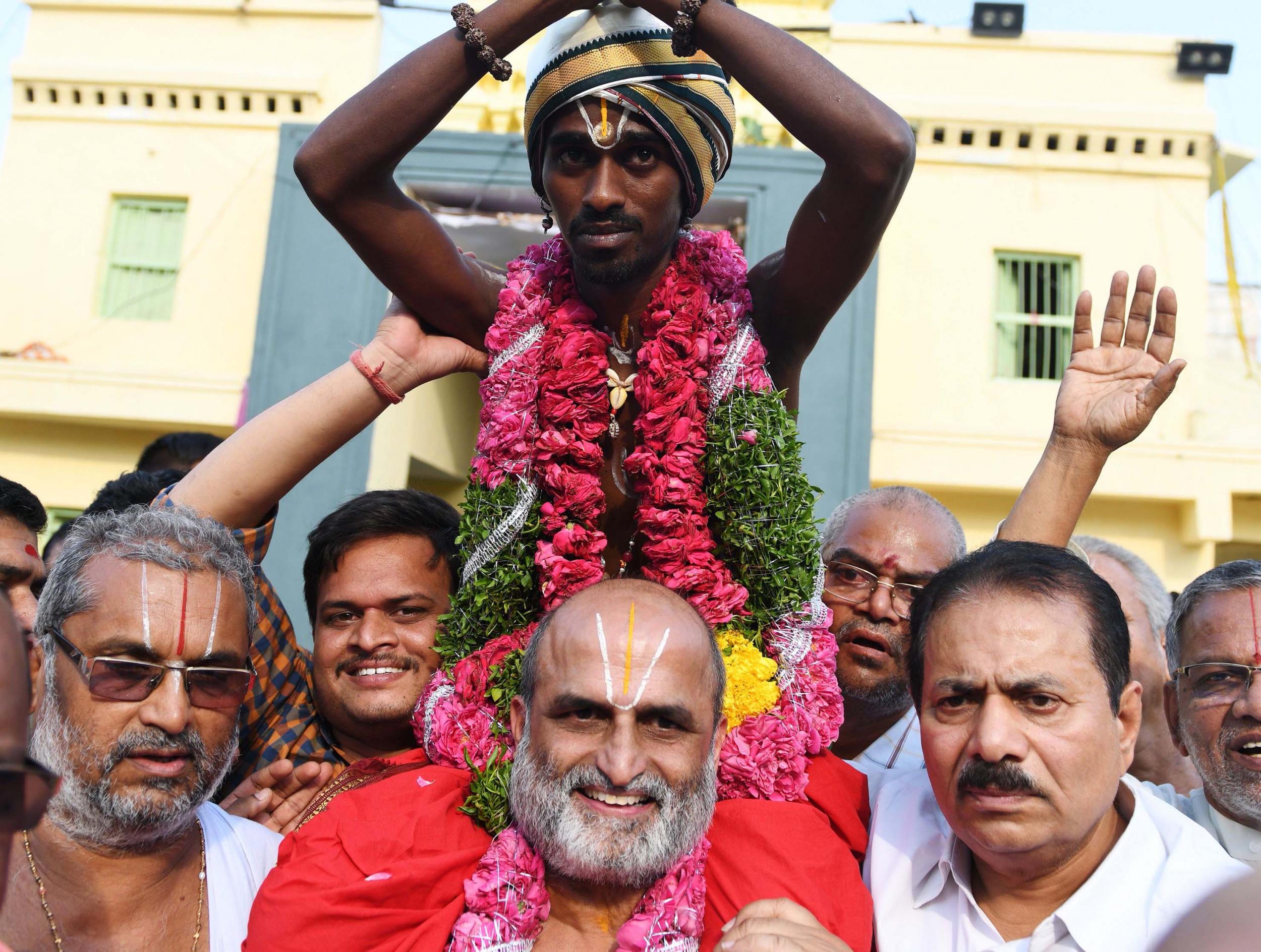Caste in India: What are Dalits and how prevalent is casteism in modern-day society?
Gang-rape and murder of Dalit woman in Uttar Pradesh highlights enduring caste divisions in Indian society

The brutal gang-rape and death of a woman from India’s Dalit community, formerly known as the untouchables, has again put a spotlight on the country’s rigid system of Hindu hierarchy.
The attack on the 19-year-old in the most populous Uttar Pradesh state has sparked protests and led to criticism of both the state’s leader Yogi Adityanath and prime minister Narendra Modi, both of the ruling Hindu nationalist party.
One women's group said that under Modi’s Bharatiya Janata Party, Uttar Pradesh had become “the rape state of India”. The comments from the All India Democratic Women's Association come as government statistics rank Uttar Pradesh as the most unsafe state for women in the country.
But the attack has also led to an outcry from groups representing the Dalit community. Hundreds of protesters from the Bhim Army party, which advocates for the minority group’s rights, descended on the hospital where the young woman died on Tuesday.
What is caste in India?
The history of the caste system is still hotly debated, but scholars generally agree that it dates back at least 3,000 years and was used to divide Hindus into hierarchical groups.
While its rigidity may have shifted over the centuries, the system has long been used to entrench the privilege of members of the so-called upper castes while condemning those of lower castes to specific, less desirable roles or occupations.
Historians say the system persisted unchanged for centuries until it was actually reinforced by British colonial rulers as a way of simplifying censuses of the Indian population and making it easier to govern.
The constitution of independent India banned caste-based discrimination in 1950, and successive governments have implemented policies to encourage greater social mobility for lower castes. But all across India, particularly outside the big cities, the system persists to varying degrees.
What are the different castes?
Most definitions of the modern-day caste system describe it as dividing Hindus into four main umbrella categories, with upper-caste Brahmins at the top.
In descending order, the other categories are Kshatriyas (warriors and rulers), Vaishyas (farmers and merchants) and Shudras (labourers). These definitions are derived from Hindu scriptures, in particular the Manusmriti.
Within those categories there are thought to be around 3,000 castes and 25,000 sub-castes, often ascribed to a single occupation. In rural India, people of the same caste are often identifiable by a shared surname.
In his 2019 book The Truth About Us, Sanjoy Chakravorty argues that this structure of caste was largely forged by British colonial rulers in the 18th and 19th centuries as a way of simplifying it for censuses of the Indian population, which were then used to make the country easier to govern.
He suggests that before then, caste was much less important across India than other forms of social division.
Who are Dalits?
Dalits are a minority numbering some 200 million who historically existed as outcasts from the Hindu hierarchical system, tending to do menial labour. They were formerly known as Achhoots or Untouchables.
They represent a repressed community in many ways and still face prejudice and other obstacles to social mobility, though some Dalit leaders have risen to occupy the highest offices in the land.
How prevalent is the caste system in India today?
The caste system is less obvious today in urban India, where different sections of society live in close proximity and inter-caste marriage is more common.
But in rural idea, people of the same caste often still live together in clearly defined communities and news stories of neighbourly conflict can often be understood as clashes between members of different castes.
The caste system is talked about most openly when it comes to elections - voting blocs are often talked about in the context of their caste, with a general expectation that members of the same caste will all, more or less, vote the same way.
Efforts are being made to confront the uncomfortable truth about this social structure, with the Ayushmann Khurrana-starring 2019 movie Article 15 seen as the first Bollywood blockbuster to tackle the issue of caste-based atrocities head-on.
And in southern India, it is commonplace to find people identifying themselves by only a single name in a rejection of the caste associations that so often come with surnames.
Subscribe to Independent Premium to bookmark this article
Want to bookmark your favourite articles and stories to read or reference later? Start your Independent Premium subscription today.

Join our commenting forum
Join thought-provoking conversations, follow other Independent readers and see their replies